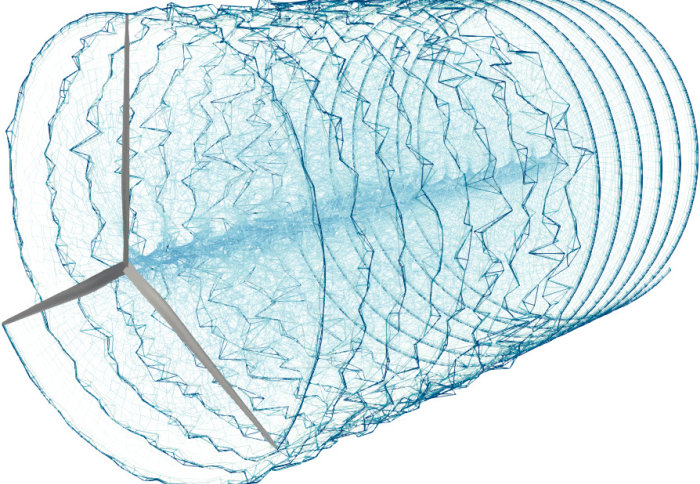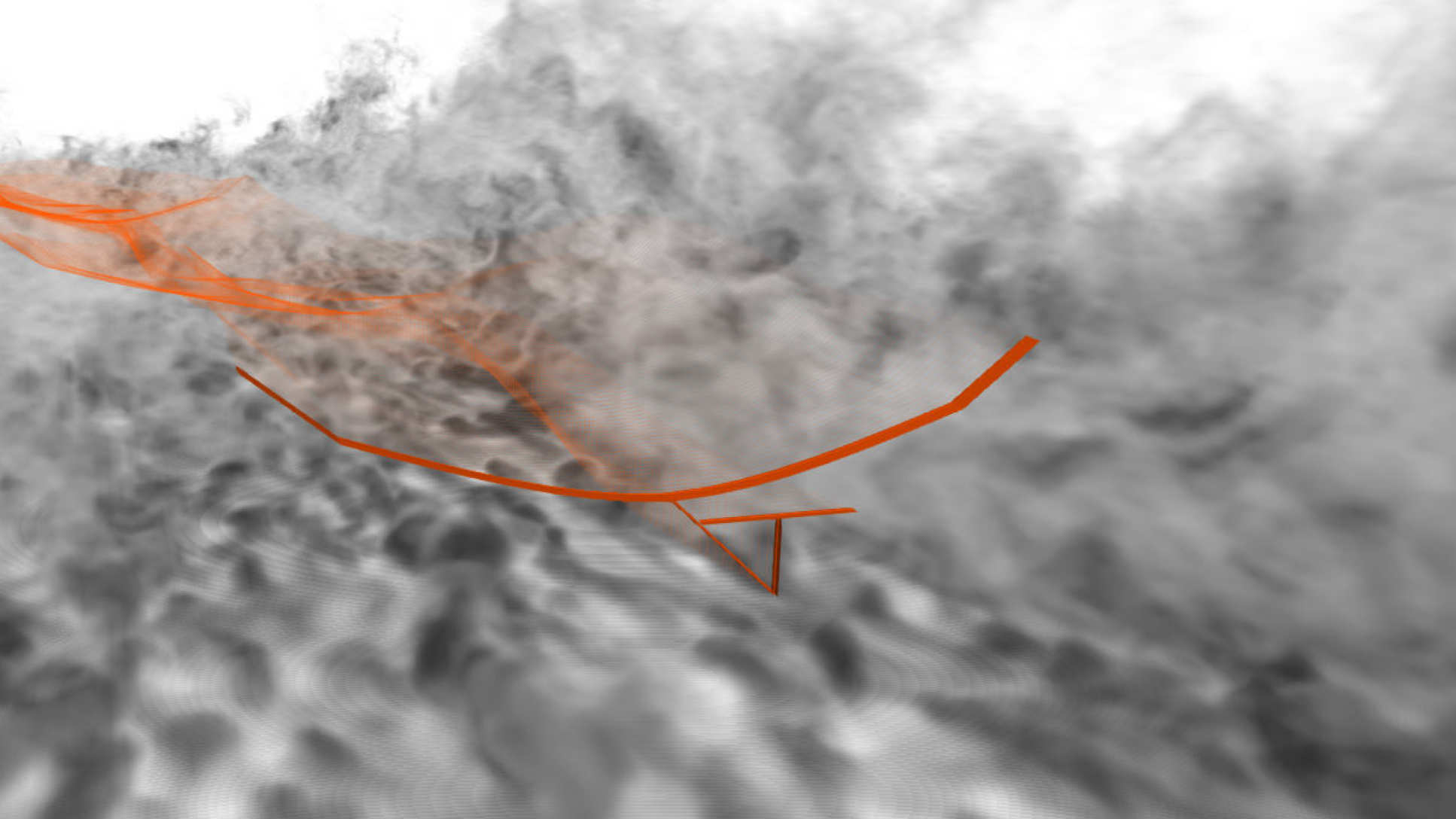New Open-Source Software SHARPy Launched
by Tom Creese

The Aeroelastics Research Group has launched an open-source software tool – SHARPy
The tool offers dynamic simulation for everything from wind turbines to solar-powered aircraft.
SHARPy (which stands for Simulation of High-Aspect Ratio aeroplanes in Python) is a dynamic aeroelasticity simulation package. It offers structural, aerodynamic and coupled aeroelastic/flight dynamics analysis, and has particular application for low-speed and very flexible aircraft, and for wind turbines.
The industry-friendly software is the culmination of over ten years of various research projects by Professor Rafael Palacios’ Aeroelastics Research Group.
Since its inception, SHARPy has been developed with open-source in mind. Not only has this attracted industrial partners to a very niche tool, but it has also set quality standards that have allowed numerous PhD students to continue its development over the years.
It also opens the door to the wider community and, with a comprehensive documentation set and automatic code testing, students and engineers can easily run, develop and test their aeroelastic simulations.
Aeroelasticity
Aeroelasticity is the study of the interaction between unsteady aerodynamics and structural dynamics on flexible streamline bodies.
Industry-standard solutions in aeronautics and wind energy usually assume there will be only small structural displacements under aerodynamic forces (leading to what are called linear or quasi-linear theories).
However, due to advances in both energy storage and generation and composite material manufacturing, more niche aeroelastic structures been built. This often leads to larger displacements.
Currently, there are few open-source options available for nonlinear aeroelastic analysis. SHARPy is a response to that gap.
Solar-powered unmanned aircraft

According to Professor Palacios, SHARPy responds to several advances in Aerospace.
One such development is Solar-powered High-Altitude Long-Endurance (HALE) Aircraft, which have been in development for decades, but are only recently coming of age.
Because they are reliant on solar panels, the shape and weight of the aircraft differs substantially from most other aircraft. In turn, this requires new tools to help with their design.
“It is very much an experimental area and in development, but it’s really cool technology”, Palacios adds.
“Simply, the amount of power you get from solar aircraft is minute. They are so big and wide because it needs to capture the sun’s rays to sustain itself.”
In future, the aircraft could be deployed to have effectively the same function as satellites.
Unlike small satellites, it can be retrieved. However, as it doesn’t need fuel, the aircraft does need to be in areas where there’s plenty of sunlight.
If developed to its full potential, the aircraft could end up being more efficient and cost-effective than satellites for persistent observation and communication.
Professor Palacios adds “Rocket launches for satellites require a site, people and infrastructure for the launch, and then maintenance there on in. The concept of the solar-powered aircraft is it’s persistent – it’s in the atmosphere forever.”
Moreover, because it’s closer to the Earth it’s better for delivering better internet connectivity globally, and could be used effectively for mapping too.
Wind Turbines
SHARPy can also be harnessed for wind turbine applications, particularly for the analysis of flexible rotors.
Aiming for greater efficiency, the wind energy industry is trending towards longer and more slender blades for off-shore applications.
Because of this, the rotor movements may cause complex aeroelastic phenomena which conventional quasi-linear methods may not capture.
“Early on, I realised the simulations were useful for very large wind turbine rotors too. It’s essentially the same aeroelastic problem to that found solar aircraft, just with three blades instead of two, and the flow in completely different directions.”
A couple of PhD students are already working in this area.
Professor Palacios concludes: “SHARPy’s possibilities are nearly endless: once you understand how SHARPy’s modular architecture works, it’s possible to run some very complex simulations.”
“We’re gaining real traction with companies in these areas – they realise the capability we offer is highly relevant to them and can be harnessed in really exciting ways”
---
Source code available on GitHub.
Journal of Open Source Software (JOSS) link - https://joss.theoj.org/papers/10.21105/joss.01885
Article text (excluding photos or graphics) © Imperial College London.
Photos and graphics subject to third party copyright used with permission or © Imperial College London.
Reporter
Tom Creese
Department of Aeronautics